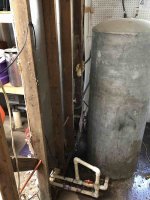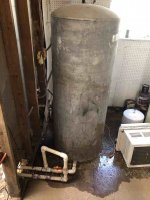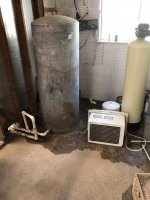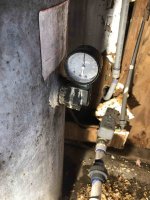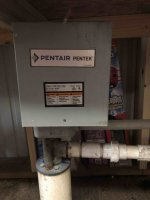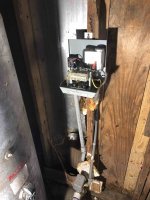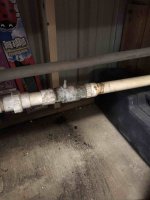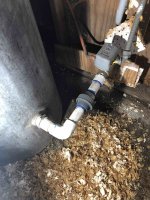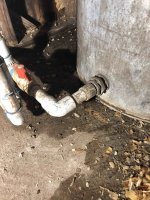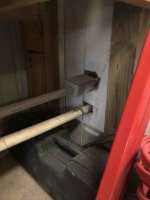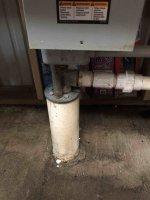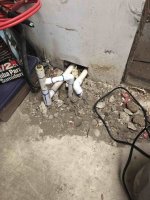Andrew Taylor
New Member
Hiya, folks - a quick Google search brought me here, and I hope I'm in the right place. We bought a house with a water well about two years ago, and ever since we moved in, the concrete floor in the well room has been wet. Sometimes it just looks damp, and sometimes, there's actual standing water on the floor. I've got a metal pressure tank, but it's not sweating, and there are no leaks in the visible plumbing.
I'm in the process of rebuilding the attached garage and workshop area, and I'd like to use the well room for some other things (it's huge - about 10' x 10'), but right now I can't put anything in there because it either rusts or gets waterlogged. I've tried opening the door and putting an air mover on it to dry it out, but no dice - left the air mover going for several weeks with no noticeable change in the wet floor.
Can anyone give me an idea of what to look for? I'm kind of at a loss at this point. Thanks in advance for your assistance!
I'm in the process of rebuilding the attached garage and workshop area, and I'd like to use the well room for some other things (it's huge - about 10' x 10'), but right now I can't put anything in there because it either rusts or gets waterlogged. I've tried opening the door and putting an air mover on it to dry it out, but no dice - left the air mover going for several weeks with no noticeable change in the wet floor.
Can anyone give me an idea of what to look for? I'm kind of at a loss at this point. Thanks in advance for your assistance!


